Kundalini Awakening: Everything You Need To Know In 2025

Many people think of a kundalini awakening as something that happens to other people, but the truth is that it can happen to anyone.
Kundalini is a life-force energy that lies dormant in most people. However, it can be awakened through spiritual practice, such as meditation or Kundalini yoga.
What is a Kundalini Awakening?
Kundalini is known as a potent, latent energy thought to rest at the base of the spine, symbolized by a coiled serpent. When this energy awakens, it is believed to ascend through the spinal column, activating the seven chakras, or energy centers, along its path.
This process can trigger profound changes on physical, emotional, and spiritual levels, resulting in increased vitality, sharper mental clarity, and an elevated state of consciousness.
The power of Kundalini awakening lies in its ability to transform, helping us tap into our deepest inner strength and wisdom. Central to various yoga and spiritual practices, this concept embodies the potential for expanding and transforming human consciousness.
According to Hari Kalymnios, a renowned author at Gaia, “Kundalini energy is a divine feminine energy that awakens the awareness that exists in all of us.
When we experience kundalini “symptoms,” that energy is knocking on the door to get our attention and awareness so that we can make positive changes. When that happens, we can become who we are meant to be and wake up to our destiny.”
Hari further explains, “The soul has taken a body and come here for a reason, and if you are not living out that purpose, kundalini can show up as disruptive so you can change course. It’s a (sometimes not so gentle) reminder so that we don’t sleepwalk through life.”
When this happens, it can cause some dramatic changes in the individual’s consciousness. Some people may experience visions or hallucinations, while others may feel a sense of euphoria or increased energy levels.
In some cases, kundalini awakening can also lead to more physical changes, such as an increase in heart rate or blood pressure.
Ultimately, though, the goal of kundalini awakening is to achieve a higher state of consciousness.
Subscribe to Create Higher Vibrations!
Get Inspiration and Practical advice straight to your inbox.
How Do You Awaken Kundalini?
Kundalini is often referred to as the “sleeping goddess” or the “serpent power”, and is said to be located at the base of the spine.
When awakened, this powerful energy is said to move up through the chakras, or energy centers, of the body, providing a range of benefits such as higher consciousness, improved health, and greater creativity and insight.
There are a variety of ways to awaken kundalini, including deep breathing exercises, mudras (hand gestures), mantras (sacred sounds), and tantra (sexual techniques).
While there is no one guaranteed path to awakening this powerful life force energy, those who are called to do so will find that the rewards are more than worth the effort once they activate the kundalini.
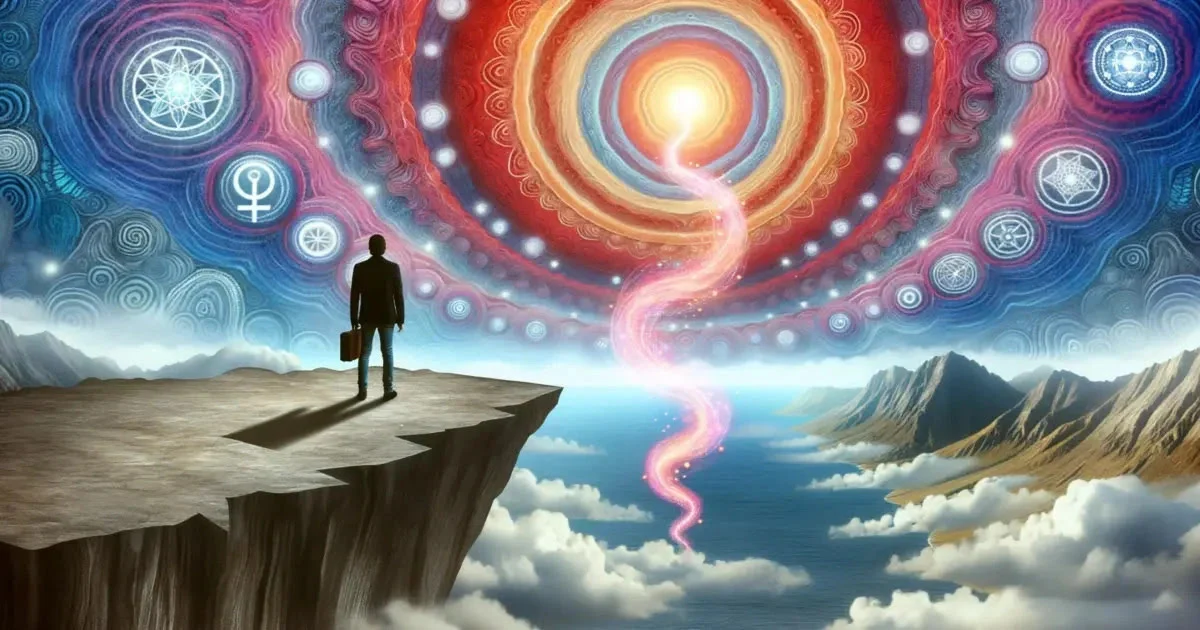
What Are The Signs of the Kundalini Awakening?
Kundalini is a Sanskrit word that means “coiled up.” It is often used to refer to the spiritual energy that lies dormant at the base of the spine.
When this energy is awakened, it is said to rise through the chakras, or energy centers, of the body and eventually reach the crown of the head.
Kundalini awakening can be a very powerful experience, and it can sometimes be accompanied by physical symptoms. These can include changes in breathing or Heart Rate, emotional upheaval, spontaneous movements, and sensations of heat or cold.
A Kundalini awakening is said to be a transformation of the human psyche that is brought about by a conscious connection with the divine.
This often happens as a result of a sudden or gradual change in consciousness, which can be accompanied by physical, emotional, and mental changes. Some of the most common signs of kundalini awakening include:
Kundalini Awakening Physical Symptoms
Some common physical manifestations are often reported by those undergoing this spiritual awakening.
Experiencing these symptoms can be overwhelming, but they are a sign that your body and mind are undergoing significant changes.
It’s important to stay grounded, practice self-care, and seek guidance if needed, especially if the symptoms become too intense to handle on your own.
This journey is unique to each individual, and with patience and awareness, it can lead to profound personal and spiritual growth.
What are the Benefits of a Kundalini Awakening?
There are many potential benefits of a kundalini awakening.
Some people may find that they have a greater sense of well-being and peace. Others may find that their physical health improves.
Additionally, some people may find that they have increased psychic abilities or healing abilities.
Ultimately, though, the goal of a kundalini awakening is to achieve a higher state of consciousness. This can lead to several different benefits, both for the individual and for the world at large.
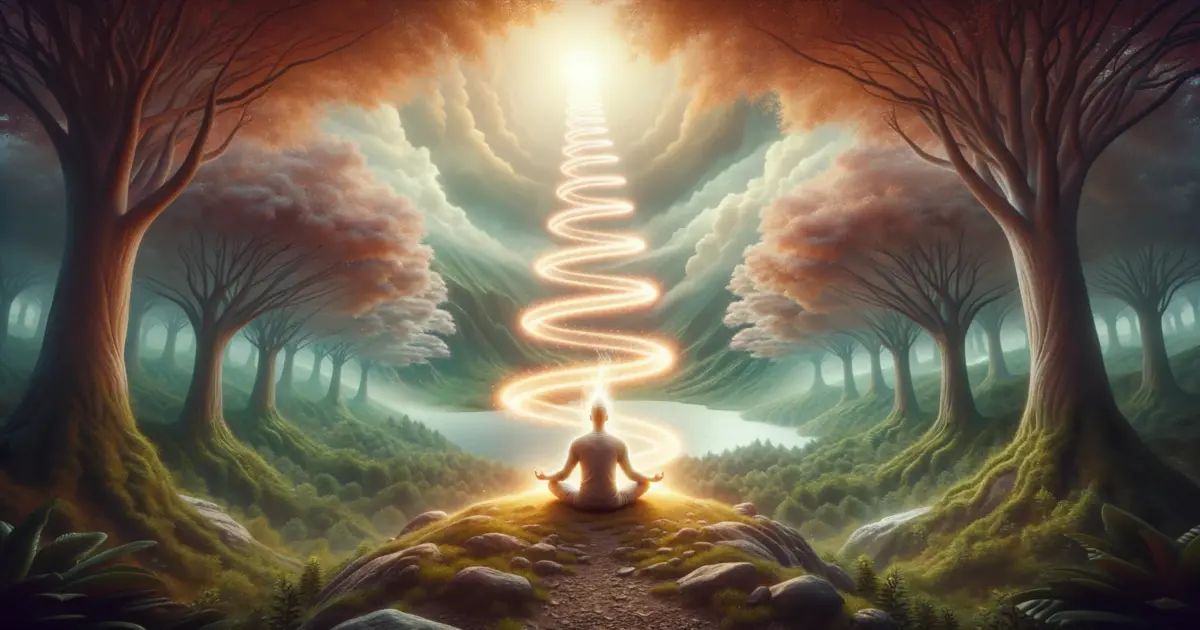
Does Kundalini Awakening Hurt?
Kundalini Awakening is a topic that stirs up a lot of controversies. Some people claim that it is a life-changing experience that completely transformed their spirituality.
Others say that it was an incredibly painful process that left them feeling scared and alone. So, what is the truth? Does Kundalini’s awakening hurt?
There is no easy answer, as everyone’s experience is unique. Some people do report feeling a physical sensation of energy moving up the spine, which can be accompanied by emotional upheaval.
However, it is important to remember that once you awaken this energy it is a deeply spiritual experience. For many, the pain is simply a sign that they are breaking through old patterns and limitations.
Ultimately, the goal of kundalini awakening is to achieve a higher state of consciousness. In this sense, any pain experienced during the process can be seen as a necessary step on the road to spiritual enlightenment.
Spiritual Awakening vs. Kundalini Awakening
There are many different types of spiritual awakenings, each with its own unique set of benefits and experiences.
However, two of the most commonly discussed types of awakenings are spiritual awakening and kundalini awakening. So, what’s the difference between these two terms?
Spiritual awakening is a general term that can refer to any type of awakening or shift in consciousness.
This could include things like a sudden realization of the interconnectedness of all things, a sense of oneness with the universe, or an experience of transcendence.
Kundalini awakening, on the other hand, is a specific type of spiritual awakening that is said to occur when the kundalini energy within the body is activated.
This can often result in physical symptoms like shaking, sweating, and changes in heart rate.
A Kundalini awakening is also said to lead to heightened states of awareness and expanded consciousness.
Each person’s journey is unique and these awakenings will happen naturally many times as you walk the spiritual journey.

Ways To Cultivate Kundalini Energy
Let’s explore some strategies to nurture your Kundalini energy. Remember, the aim isn’t to force an awakening but to foster a holistic, self-realized version of yourself.
If your Kundalini energy decides to rise in the process, consider it a natural part of your spiritual journey.
In the end, remember that the journey of spiritual awakening isn’t about reaching a specific destination. It’s about enriching your life, fostering your spirituality, and becoming a more self-actualized individual.
Is Kundalini Awakening Dangerous?
Though the answer may seem complicated, it can be broken down simply. Kundalini awakening is the release of dormant energy stored at the base of the spine.
Once this energy is awoken, it begins to move up the spine through each chakra and into the brain. The first few awakenings are said to be the most intense, as your body and mind are not used to the sudden influx of energy.
If too much energy is released at once, it can be overwhelming and cause ‘spiritual emergencies.’
These emergencies can manifest as Burns or searing sensations, intense spasms, vibrating, jerking, and uncontrollable emotions or psychosis.
Though these may seem frightening, they are a natural part of the process and will dissipate with time.
With each awakening, you will become more accustomed to the kundalini energy until it eventually becomes normal for you.
So while there may be some danger initially, it dissipates quickly and becomes less and less dangerous with each awakening.
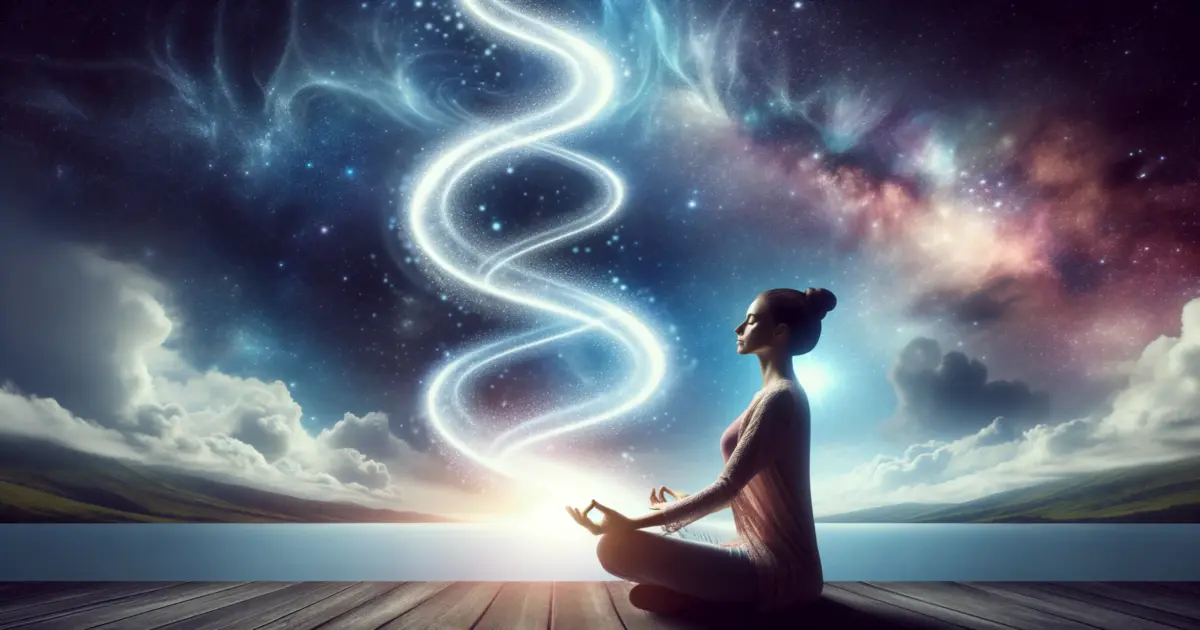
How to Handle a Kundalini Awakening
The Kundalini is a powerful tool that, when used correctly, can promote spiritual and personal growth. However, it can also be disruptive if not handled properly.
A Kundalini awakening might bring about physical and emotional symptoms that can be challenging to cope with, so it’s crucial to be prepared before it happens.
Here are a few key steps to help ensure your experience is positive and transformative:
What Happens After Kundalini Awakening?
When you experience Kundalini it is a life-changing event that can have profound effects on every aspect of your being.
Physical changes may include increased energy and vitality, as well as more Maggie sensitivities and awareness.
Emotional changes may include a deepening of your connection to your intuition and emotions, as well as a greater ability to express yourself.
Mental changes may include a heightened sense of creativity and intelligence, as well as greater clarity of thought.
Spiritual changes may include a stronger connection to your higher self and the divine, as well as a greater understanding of the true nature of reality.
Ultimately, kundalini awakening is an experience that can transform every aspect of your life, opening you up to a world of limitless potential.
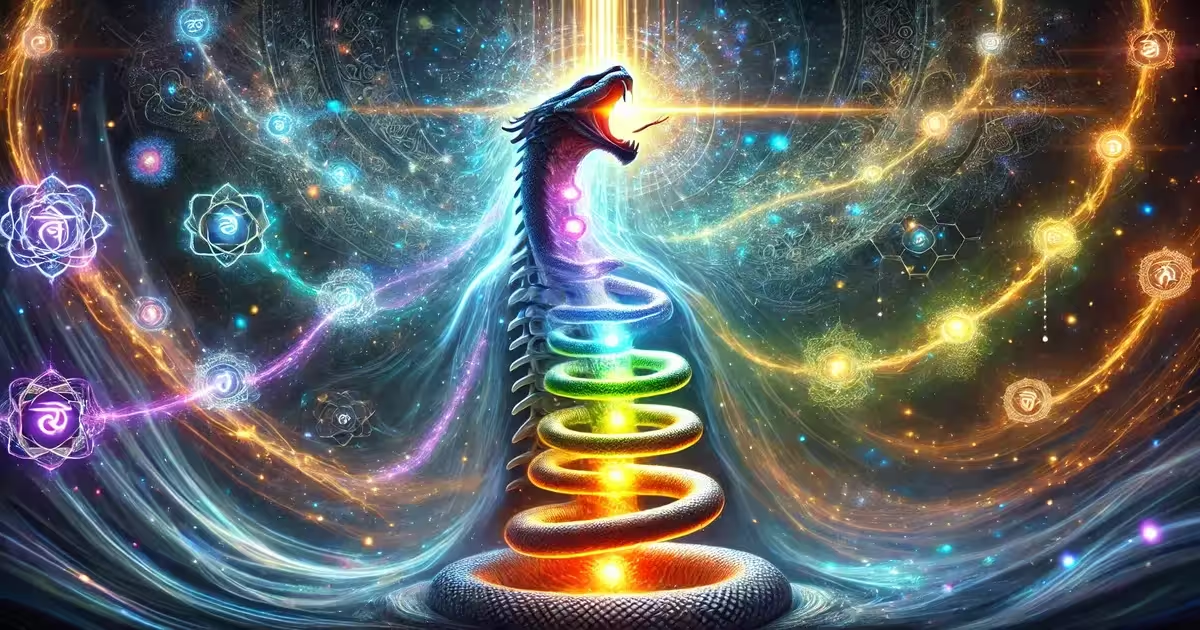
Practices that Assist Kundalini.
Kundalini Yoga
Kundalini yoga practice is a type of yoga that focuses on the release of kundalini energy. This energy is said to be located at the base of the spine. Kundalini yoga is said to help you achieve a higher state of consciousness.
Hatha Yoga
The word “Hatha” means “forceful,” and it is often used to describe a more vigorous style of yoga. Hatha yoga is designed to align your skin, muscles, and bones along the spine. The postures are often held for longer periods than in other styles of yoga.
Bikram Yoga
Bikram yoga is practiced in a room that is heated to 105 degrees Fahrenheit. The heat is said to help loosen the muscles and allow for deeper stretching.
Iyengar Yoga
Iyengar yoga is a type of yoga that emphasizes precise alignment of the body props such as blocks and straps is often used in Iyengar yoga to help achieve the correct alignment.
Pranayama Yoga
Pranayama yoga is a type of yoga that focuses on the breath. The word “pranayama” means “extension of the prana,” or life force. Pranayama yoga is said to help you control your breath and improve your overall health.
Ashtanga Yoga
Ashtanga yoga is a type of vinyasa yoga, which means that it is a flowing style of yoga that links each movement to a breath. Ashtanga yoga is said to be a more physically demanding form of yoga.
Jivamukti Yoga
Jivamukti yoga is a type of vinyasa yoga that combines yogic philosophy with spiritual teachings. Jivamukti yoga is said to help you connect with your true self.
Mantras
A mantra is a word or phrase that is chanted, usually repetitively, as a form of meditation. Mantras are said to be powerful words that can help you focus your mind and achieve a state of calmness.
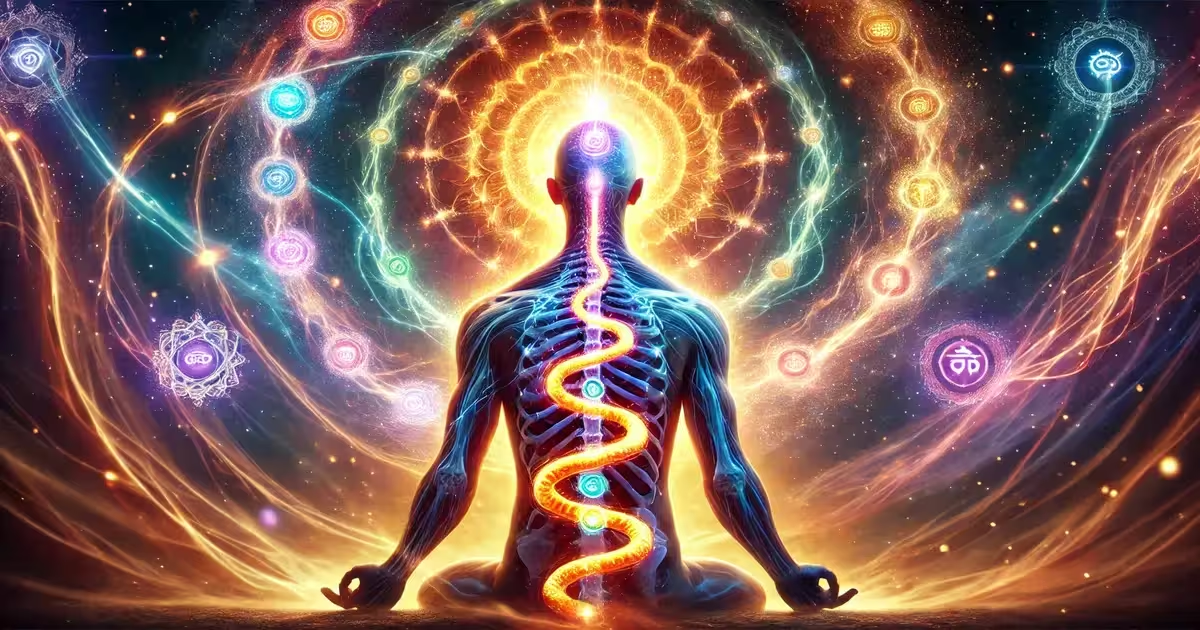
Meditation
Meditation is a practice in which you focus your attention and clear your mind of thoughts. Meditation will help you achieve inner peace and a sense of well-being.
Mudras
Mudras are hand gestures that are often used in yoga and meditation. A Mudras practice can help you focus your energy and achieve a state of calmness on your spiritual path.
Visualization
Visualization is a technique that is used to create mental images to achieve the desired goal. Visualization can be used for relaxation, stress relief, and to improve your overall health.
Before or after your awakening it is recommended to begin finding what practices work for you.
Final Takeaway…
If you are feeling called to Kundalini Awakening, it is important to learn all that you can about the process and what to expect. There are many resources available, including books, teachers, and online articles like this one.
Remember that each person’s journey is unique and there is no single right or wrong way to do things. If you have any questions or concerns, be sure to reach out and schedule a session with Vishnu Ra so you can discuss your best options!
And finally, always remember to approach your spiritual path with love and respect for yourself and others. Thank you for reading and please share with someone!
Namaste 🙂
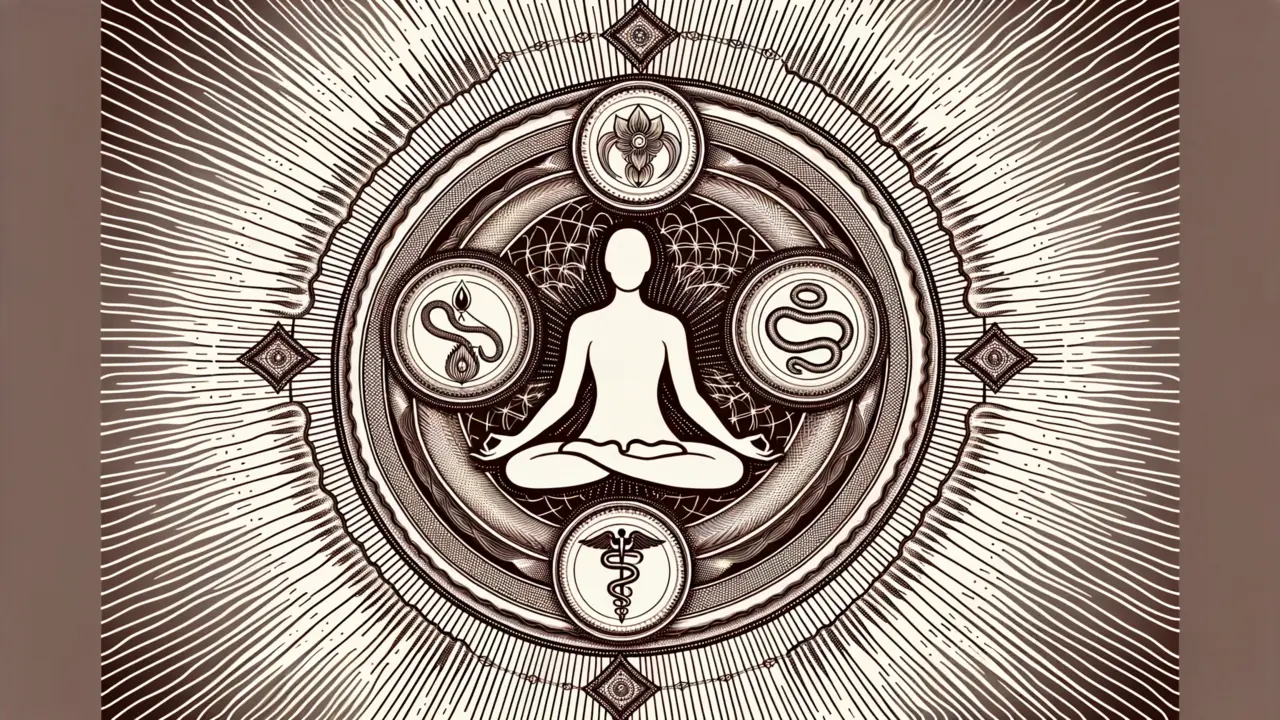
Kundalini is a powerful force that can align you with your higher self. However, it’s an energy that cannot be forced or controlled and must happen at the right time for you to truly benefit from it. If you are feeling stuck, sign up for one of our coaching sessions where we will help you process this awakening and get back on track with living a life full of purpose!


